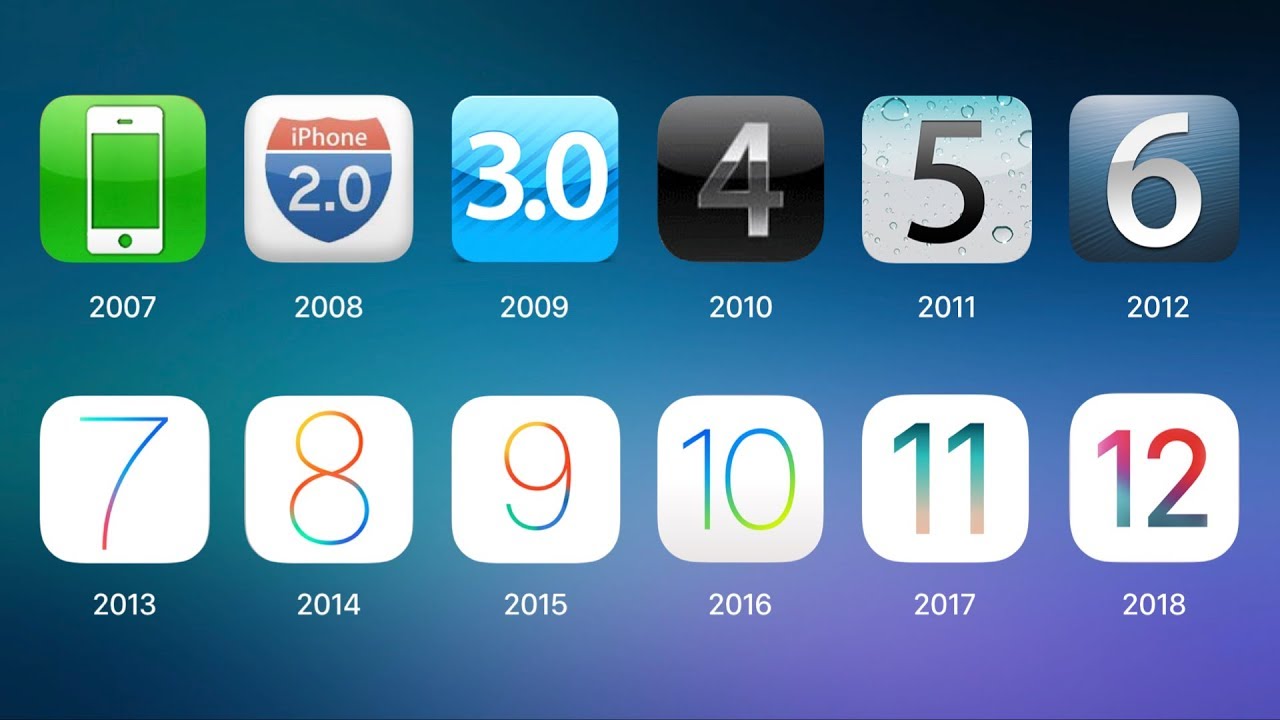The History Of iOS Versions From 1.0 To 13.0
Every year, Apple releases a new version of iOS alongside a new iPhone model. The last major update was iOS 8 in September 2014, and the next will be iOS 13 in the fall of 2019.
With a variety of upgrades, the latest iOS version will include a number of industry-transforming innovations. It will also feature a new App Store, a Mac-style dock, and other tools to make the most of your mobile device. These features will combine to transform the way you interact with your phone and apps. The new OS will provide secure, easy, and immersive app experiences.
With a wide variety of changes, the next iteration of iOS will allow users to easily share content with family and friends using Wi-Fi or other Wi-Fi-enabled devices. They will also have the ability to capture screenshots, take and edit videos, and perform peer-to-peer transactions. The new OS will support AirPlay 2, augmented reality, and a variety of other technologies. It will also enable a redesigned App Store, a new Files app, and other features.

In addition to providing a new user interface, the iOS iPad improved the way apps were displayed and grouped. The new interface featured panes, sidebar lists, and a new user experience. The new software also supported drag-and-drop functionality, making it easier to move apps from one area to another.
The iPhone OS introduced Multi-touch gestures, which allowed users to tap and swipe the screen to accomplish tasks. It also included Visual Voicemail and Mobile Safari. This was the first version of iOS to include support for the iPod Touch. It also included wireless iTunes syncing, full support for Microsoft Exchange, and support for Android devices.
In addition to the improvements mentioned above, iOS 4 introduced personal hotspots. It also featured turn-by-turn navigation and a 3D Flyover mode. The iOS Maps app was updated to include a redesigned interface. It could also be used as a virtual assistant through Siri.
With an enhanced Siri, the iPhone was able to work with Uber, WhatsApp, Pinterest, and other third-party apps. It was even capable of making iTunes purchases through Siri. Adding these features made the iPhone a more popular mobile device. The iPhone also gained the ability to store multiple images at once, which made photos less cluttered. Its keyboard grew more intelligent.
Other features of iOS 4.0 included a new unified email service, iBooks, FaceTime for video calls, and AirPlay for audio. These innovations helped the OS compete against Google’s Android. However, the popularity of the Android platform impacted the relationship between the two companies.
While Apple and Google continue to work on new versions of their operating systems, iOS remains the second most popular mobile platform. iOS offers a wide range of apps and efficient battery use. The operating system is used on an average of more than 15 million mobile devices.
The new versions of iOS will include the usual raft of small tweaks and upgrades. It will include an Activation Lock, AirDrop, a new Files app, and a variety of other new features.
